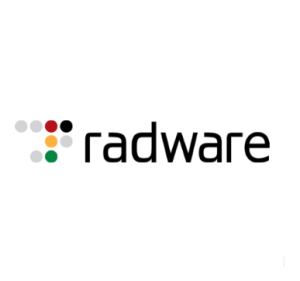Our use cases for Radware Cloud WAF Service include all of our applications, such as online banking applications, as I work for a bank. It works effectively. Our payment systems also operate through this service, and we have a few applications running over the web.
Radware Cloud WAF Service works very well for blocking unknown threats and attacks. We haven't seen any issues with that. Whenever we experienced any threat, we got accurate blocking. We haven't had any issues.
Automated analytics for looking at events are good. We have no issues with it. It gives us precise and accurate information. It helps us a lot. We're able to allowlist and check port managers and all of that.
Radware Cloud WAF Service has helped us reduce false positives by 100%. It's accurate and has significantly aided our efforts. Radware Cloud WAF Service has improved our efficiency by about 95%.
From the networking perspective, Radware Cloud WAF Service integrates very effectively with our systems and applications. However, other business units in the company find it somewhat difficult to adapt to Radware's methodology. For our networking team, we are fully utilizing it without issues, and we're looking to move everything to Radware Cloud WAF Service for our online banking, connecting backend devices to Radware Cloud WAF Service instead of F5 for load balancing. This is a big project involving eight countries, not just South Africa, and as network professionals, we truly enjoy working with Radware Cloud WAF Service.
Radware Cloud WAF Service has handled zero-day attacks effectively. It has been very helpful and has prevented numerous issues. The last time we were attacked as a bank was around 2017, before COVID, resulting in only about five minutes of downtime. Since then, smaller attacks have been mitigated by both Radware Cloud WAF Service and the Radware DPX boxes on-premises.
Radware's combination of negative and behavior-based positive security models is very important for our security strategy because threats come from various sources and can spoof our network. Our firewall system isn't strong enough to detect or block these threats, but with Radware, we feel completely safe and secure, allowing us to remain calm in the face of potential attacks.
We are using the automated source blocking feature of Radware Cloud WAF Service, and it's superb. We have been using it for less than six months, and so far, we haven't regretted the decision. The proactive and holistic approach of Radware Cloud WAF Service has been very effective in protecting our applications. After moving to Radware Cloud WAF Service, we got to know about hidden attacks that we couldn't identify before. In the past, we could not identify the problem. There've been certain failures or issues that we suspected to be related to the backend of the app or F5, but they were not. They were attacks that were hiding behind the radar.
We use the Radware Bot Manager and have had a positive experience with it. We can block bad bots effectively, and since we started using it about two years ago, we haven't encountered any problems. Bot Manager helps with our compliance efforts, but I haven't had much contact with them—most discussions happen with my colleague Paul, who has worked with Radware since day one.
The real-time BLA detection and mitigation from Radware Cloud WAF Service hasn't negatively impacted us. We've had minimal downtime, about five to seven minutes, but since then, we have experienced everything operating smoothly.
Web DDoS protection is good. Our layer 7 protection is working very well. In the past, we couldn't do anything about it. We were getting so many attacks. We haven't had any issues since we started using it.







